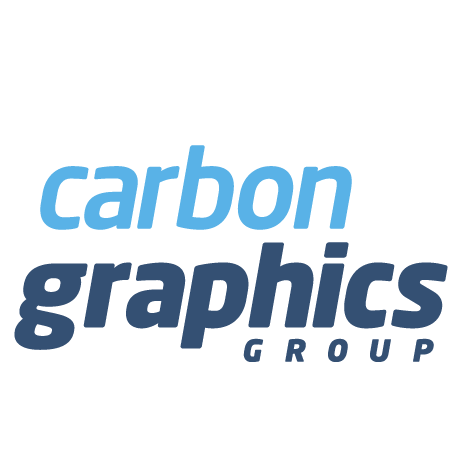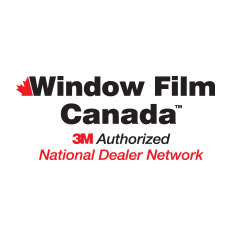Sun Control Window Film
Building Shell - Window Film for Existing Glass
All commercial office buildings have windows as part of their exterior façade. While they provide a more ‘human friendly’ environment with a view to the outside and a source of natural light, they also pose some serious problems in the form of cooling, heating and glare. For building owners, property managers, tenants and home or condo owners, sun control window film has proved to be effective in addressing concerns relating to:
- Energy costs associated with HVAC
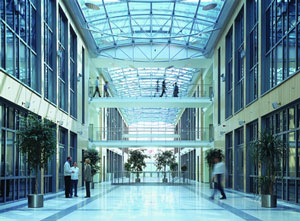
- Tenant comfort & productivity
- Degradation of flooring and furnishings
- Glare and eyestrain from sunlight
- Building appearance
- Daytime privacy
- Safety in event of glass breakage
- Forced entry through glass
- Mitigating the effects of a bomb blast
Window film consists of thin layers of transparent polyester applied to the room side of existing exterior windows and glass doors to upgrade the performance of the glazing. Typical flat glass sun control window film thickness ranges from 0.001 to 0.003 inches including the adhesive layer. Most films are applied using water and a slip solution and are either pre-cut or trimmed in place. All films have a protective removable liner and incorporate UV protection in the adhesive layer or the film itself to protect the film from degradation. Additionally the higher quality films incorporate an abrasive resistant coating that facilitates the use of standard cleaning solutions. Life expectancy of film is between 10 years to more than 20 years depending on the film quality, film type and exposure to the sun. Manufacturers’ warranties on window film range from 10-15 years and cover either film only or both film & labour for removal and replacement.
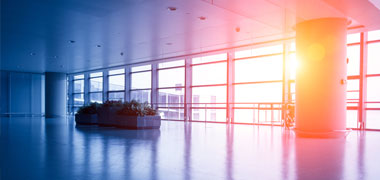

What are the benefits of window film?
Many office buildings have a problem with unwanted heat from the sun not only in the summer months but also in the winter when the A/C is turned off. Unless a building is specifically designed to gather and distribute the solar heat uniformly in all areas, tenants will experience hot spots on the south, east and west elevations and building owners, in turn, will receive a rash of complaints. Even with zone control, offices with south, west and east exposures can be difficult to keep at a comfortable temperature. Covering the windows with blinds or shades is not always the best option since these block the view, reduce natural daylight and continue to let heat into the interior space.
There are really three considerations, and those are Energy, Productivity, and Aesthetics
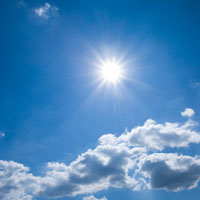 Energy
Energy
From an energy perspective, window films reduce up to 80% of unwanted solar heat and glare. As a result A/C demand is lowered. Additionally, peak power demand is greatly reduced and the use of A/C during the shoulder seasons is minimized. To prove this point, there have been a number of documented cases in multiple chiller installations where one of the chillers could be shut down after sun control film had been installed.
‘Low E’ window films can retain up to 30% of the heat that otherwise would be lost in colder months. Paybacks can occur very quickly (especially when capital upgrades are required) but typically they range from 3-5 years depending on glass type, film selected, building orientation/type, HVAC system, energy rates, climate, etc. Retrofitting existing windows with window film will be only a fraction of the cost of replacing them. It also offers the added bonus of saving on disposal charges and reducing environmental impact.
 Productivity
Productivity
From a productivity perspective, there are numerous studies that directly relate productivity to temperature variances. It has been proven in numerous buildings that window film smoothes out these variances and contributes to a productive work environment. Glare is another comfort factor that can be addressed with sun control film. Glare can be reduced by up to 80%, which in turn improves computer screen visibility and reduces eye strain. From a building management perspective, comfortable tenants are more likely to renew their leases.
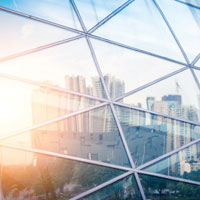 Aesthetics
Aesthetics
The higher quality films block up to 99% of the UV rays and have abrasion resistant coatings to endure regular cleaning without damage. By blocking 99% of the UV and reducing heat, the higher quality window films significantly reduce fading of expensive flooring and furnishings. Life expectancy of quality-manufactured window films range from 15 to 20+ years in Canada.
Reputable manufacturers use an adhesive layer that creates a mechanical rather than a chemical bond with glass to allow easier removal when reapplication is required. Building appearance can also be significantly enhanced by creating an attractive uniform look and eliminating the patchwork effect of the different window coverings.
What are the options?
Choosing a window film to suit your needs
Flat glass sun control window films are not the same as lower grade automotive window tint, which typically turns purple, bubbles and peels. Flat glass films are used for exterior facing windows within the building shell and can be divided into six main technology classifications:
1. Standard Metallized Films:
- Contain a single metal coating sandwiched between polyester layers.
- Polyester may also contain dye to “darken” the film to lower the cost.
- Reject up to 80% of the total solar energy that normally enters the building.
- Reduce glare by up to 80%
- Reduce daylight (visible light transmission) along with IR (Infrared solar heat).
- Usually are reflective in appearance (similar to reflective glazed windows) when viewed from both an inside (night time) and outside (daytime) perspective.
2. Dual Reflective Films:
- Typically combine standard metallized film with a dyed or pigmented layer (film or coating).
- Similar heat rejection as Standard Metallized Films but not as shiny in appearance.
- Cost is typically higher than Standard Metallized Films
- Newer technology, sometimes referred to as night vision or dual reflective, offers lower interior reflection, which in turn allows better viewing when looking outside at night.
3. Low E Films:
- ‘Low E’ or ‘Low Emissivity’ offers improved year round energy performance.
- Speciality manufacturing process – film coatings contain different metals and materials than Standardized or Dual Reflective Films.
- Reflects up to 30% heat back into the room during the colder months while rejecting up to 75% of the total solar energy.
- Usually reflective in appearance (like reflective glazed windows) when viewed from both an inside (night time) and outside (daytime) perspective.
4. Spectrally Selective Films:
- Special manufacturing process – film coatings are sputtered stacked using various metal/oxides.
- Reduce solar heat gain without compromising as much of the visible light as the first three technologies above.
- More expensive than Dual Reflective Films – allow complete viewing regardless of day or night.
- Typical heat gain reduction is less than Metallized Films but are not as shiny or reflective in appearance
5. Nano Technology:
- Similar to Spectrally Selective but contain no metals or ceramics – eliminates the concerns related to metal corrosion over time
- Uses hundreds of polyester layers to filter infrared and reject solar heat.
- No interference with cell phone reception – all Metallized Films tend to reduce signal strength.
- Reduces reflectivity of ordinary glass as viewed from both inside and outside.
- Film performance is higher in the summer months when the sun is at an angle during the hottest times on the day – allows more heat into the building during the winter
- Although the cost is more than Spectrally Selective films, it is possible to capture additional energy savings if daylight dimmable lighting is available.
6. Combination Films:
- Combination of safety/security laminate and sun control film
- Typically used on ground floor installations to deter forced entry or to minimize the effects of glass shards from the perspective of safety.
- Specialized combination films are also available to mitigate the effects of a bomb blast
- Film laminate attachment to the frame enhances overall performance
Making the right film choice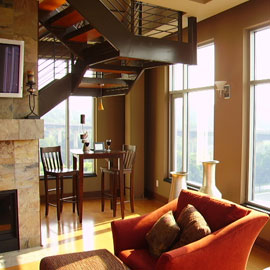
Interesting facts and things to consider
1. What are your (and tenant) issues?
- Rising costs of energy
- Premiums associated with peak power demand
- Use of A/C during shoulder seasons
- HVAC System cannot maintain an even temperature throughout the building
- Too hot or too cold - tenants uncomfortable
- Too much annoying glare – can’t see computer screens or eyestrain a problem
- Patchwork look to a building
If any of the above issues are a concern, window film will likely offer a cost effective retrofit solution. It can help your building operate more efficiently and solve many problems associated with tenant retention. It will also make your building more environmentally friendly and assist with upgrading your building appearance and classification.
2. What are the Typical Energy Savings?
- Rule-of-thumb: “Window Film saves up to one ton of air conditioning for every 100 square feet of filmed sun exposed glass.” This translates into 12,000 BTU’s of saved energy
- These savings do not include the reduction of charges associated with peak power demand or costs associated with running the A/C in the shoulder seasons
- Computer modelling of your building is available from some manufacturers to simulate your specific building energy dynamics in order to determine payback periods.
- Energy calculations do not factor in capital cost savings associated with deferring upgrades that may have been required to address under capacity – film should be factored in before upgrading is considered.
- The higher quality films reflect a portion of heat back into the rooms (up to 30% in the case of Low E Films) that otherwise would be lost in colder months.
- The new nanotechnogy films allow in more heat in the winter than in the summer
- Typical paybacks can range from immediate to approximately 3-7 years. Case studies are available from reputable manufacturers.
BTU Model


